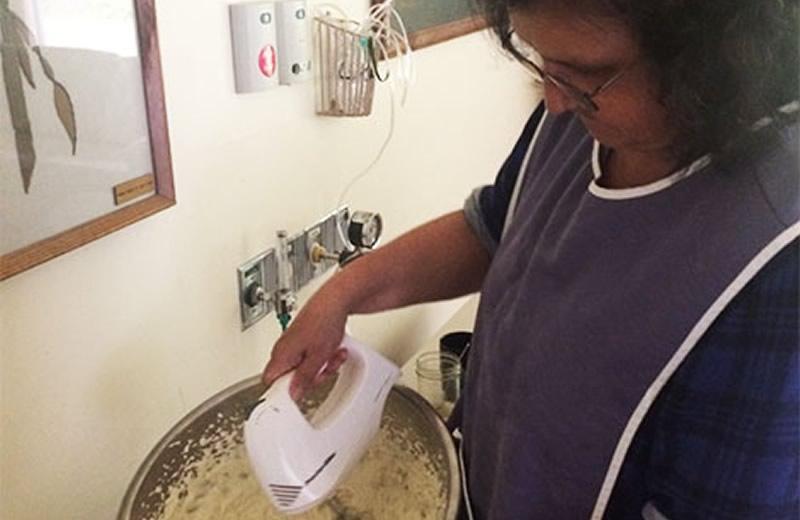Supporting a healthy body image for all
Culture is so important for health and wellness. It shapes how we define health and wellness and how we practice it.
As a society, health and wellness seem to be narrowly defined by weight. Health is much more than the physical parameter of weight, which is influenced by unrealistic beauty standards in Canada – it includes mental and emotional health. Sadly, when someone doesn’t fit the standard around weight, they may be treated in ways that harm their mental health. We need to stop blaming or shaming people for their weight or health issues. Most people who are overweight have tried very hard, often unsuccessfully, to lose weight - after all 95% of diets fail within two years. We are all built differently: Healthy bodies exist in a variety of shapes and sizes. People of all sizes should be accepted and treated with respect. Our goal should therefore be supporting a healthy body image for all. I truly believe health is the responsibility of our society and communities. It’s about making the healthy choice the easy choice.
The holistic role of culture
Cultural traditions shared with me by my Indigenous colleagues are great examples of the holistic role culture plays in healthy eating, physical activity, healthy minds, and healthy relationships. Engaging in these activities supports individuals, families, and communities to be healthy in all aspects of their lives. Here are some activities that can be enjoyed in the summer months and, coupled with food preservation, can extend the health benefits throughout the year:
- Berry picking with your friends and family
- Clam digging
- Gardening
- Gathering herring
- Gathering traditional plants and medicines
- Hunting
- Salmon fishing
- Seaweed gathering
Here is what some of my colleagues shared:
“My family celebrates food and berry harvesting and preservation from the oolichan, the salmon, moose and bear.” - Lloyd McDames, the Aboriginal Patient Liaison in Terrace who is from the Kitselas First Nation.
“As a whole, our community of ?Esdilagh First Nation comes together every year to a culture camp. Our Chilcotin traditional healers come from neighbouring communities to our members. We have been bringing awareness to the community members about the traditional medicines and living off the land. The culture camp brings us together as a way of connecting to our community members so that we can all learn together as one and start living in a healthier way.” - Thelma Stump, the Health and Wellness Manager for ?Esdilagh First Nation.
Angie Combs, the Aboriginal Patient Liaison at Wrinch Memorial Hospital, picks Is (soapberries in Gitxsan). She said,
“I gather the berries in mid-June when they are green. I enjoy being active outdoors and find berry picking peaceful. It makes me happy because I know I will be preserving them and serving them in the middle of the winter for my friends and family. I look forward to the fun and laughter of when my family gathers to enjoy a bowl of freshly whipped Is.”
Here is her recipe for Yal Is:
(soapberry ice cream in Gitxsan)
(serves 6- 8 people)
Ingredients:
- 1 pint canned green soapberries (canned in water)
- 2 tbsp water
- 1 very ripe banana
- 1 1/2 cup sugar (or to taste)
Method:
- Put canned soapberries in a sieve. Crush berries.
- Strain through sieve to remove seeds, collecting the juice in a stainless steel or glass bowl.
- Add the water to the juice. Beat until frothy with electric beater.
- Add banana and continue to beat. Add sugar and continue to beat until stiff like stiff egg whites.
- Serve immediately and enjoy.
Note: The soapberries lose their volume quickly after mixing; however, all you need to do is mix it again with the beater until it forms firm peaks. Soapberries used to be mixed by hand and some people still do this.
Want to learn more? Here are a couple of academic papers about Indigenous culture, body image, and traditional physical activity:














Comments